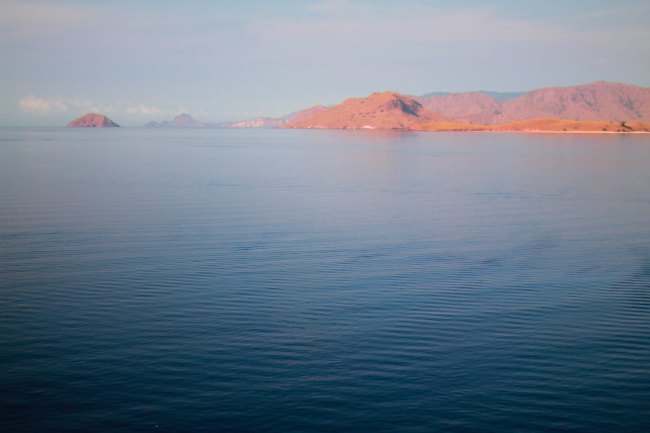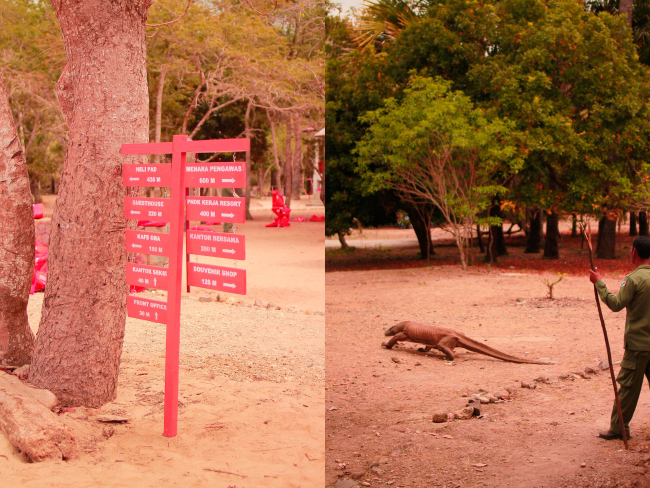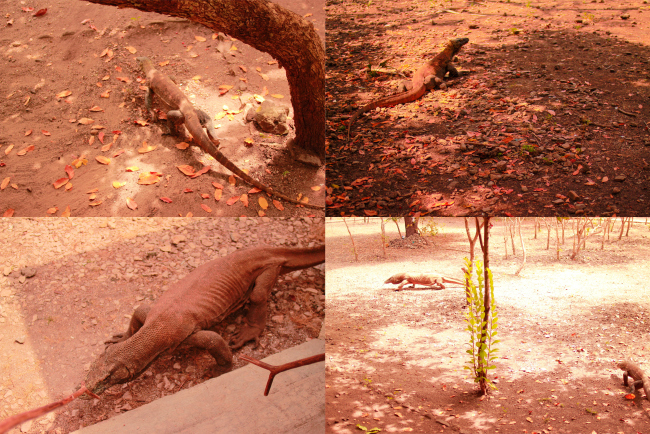Let’s travel to my other home – Indonesia.
Last August-September 2013 I was sent by National Youth Commission in cooperation with Ministry of Youth and Sports to attend Sail Komodo 2013 a youth conference in Indonesia. We sailed Jakarta, Bali Island (Denpasar), Labuan Bajo, Kupang, Komodo Island, Labuan Bajo, Bali, and back to Jakarta.
Komodo Dragons (Varanus komodoensis)
Population: about 3,000 to 5,000 Komodo dragons
Endemic in the islands of Komodo, Gila Motang, Rinca, and Flores.
Size:10 ft (3 m)
Weight:330 lbs (150 kg)
Protection status:Endangered
Reaching 10 feet (3 meters) in length and more than 300 pounds (136 kilograms), Komodo dragons are the heaviest lizards on Earth. They have long, flat heads with rounded snouts, scaly skin, bowed legs, and huge, muscular tails.
As the dominant predators on the handful of islands they inhabit, they will eat almost anything, including carrion, deer, pigs, smaller dragons, and even large water buffalo and humans. When hunting, Komodo dragons rely on camouflage and patience, lying in wait for passing prey. When a victim ambles by, the dragon springs, using its powerful legs, sharp claws and serrated, shark-like teeth to eviscerate its prey. Animals that escape the jaws of a Komodo will only feel lucky briefly. Dragon saliva teems with over 50 strains of bacteria, and within 24 hours, the stricken creature usually dies of blood poisoning. Dragons calmly follow an escapee for miles as the bacteria takes effect, using their keen sense of smell to hone in on the corpse. A dragon can eat a whopping 80 percent of its body weight in a single feeding. *
However recent research by Journal of Zoo and Wildlife Medicine suggest that it oral bacteria are like ordinary.**
Komodo is now part of Seven of Wonders of Nature. Inaugurated with His Excellency President Susilo Bambang Yudhoyono.
A diverse marine biodiversity underneath this blue pristine water.
Everyone is excited to see the last living dragons.

Meet the dragons!

They call this tree Asam! Indonesians are not used to sour flavor but I picked one and munch it! In Philippines we preserved this as candies, sour our soup or eat it raw and green.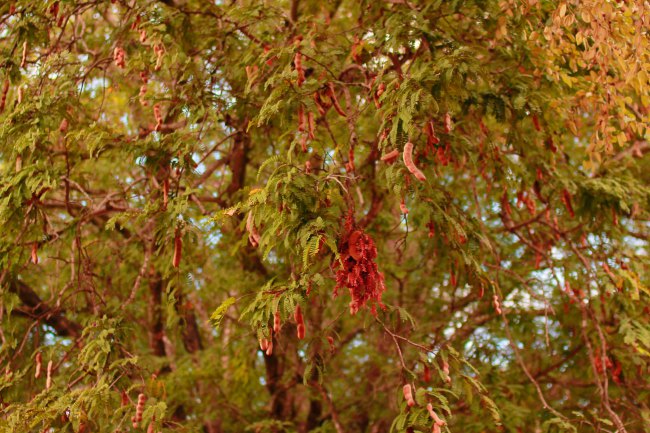
They have to hang a smelly dead goat to tame the dragons.


The dragons feed on wild animals. Like this deer grazing grass in the savanna. Survival of the fittest it is!
Very keen!
Other participants grouped and lead by a ranger. RULE NUMBER 1: Stick in the group!
Hey there buddy!

This guy have the same vision as mine. “Enjoy Life”
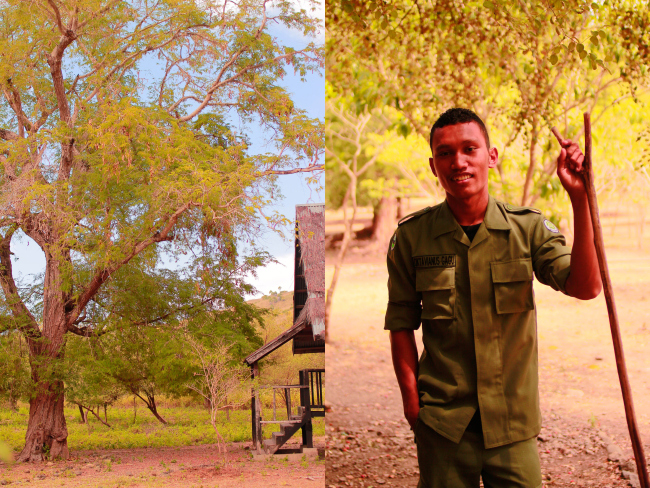



Curious Europeans like us!
Male species are the bigger once can be seen in the photos while the females are in the wild to lay eggs.

Komodos were never tamed. The rangers use this stick to scare away that acts like a tongue of a larger animal in the perception of the dragons but the ranger said there is no assurance.

Break time! Participants buying, food & drinks, oleh-oleh and postcards!

Corals skeleton on the left while Komodo’s dung on the right.
This was another life changing event I am thankful to met and befriended everyone in the sail and those who were part of it.
*Text and data are from NatGeo.
